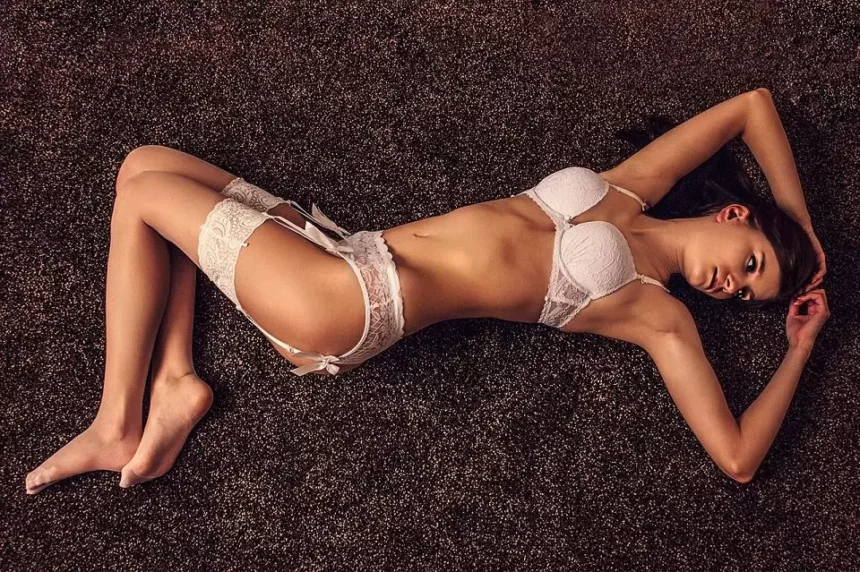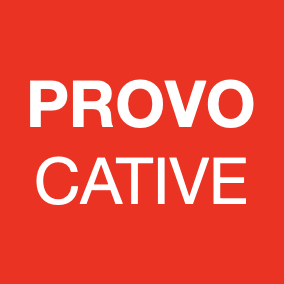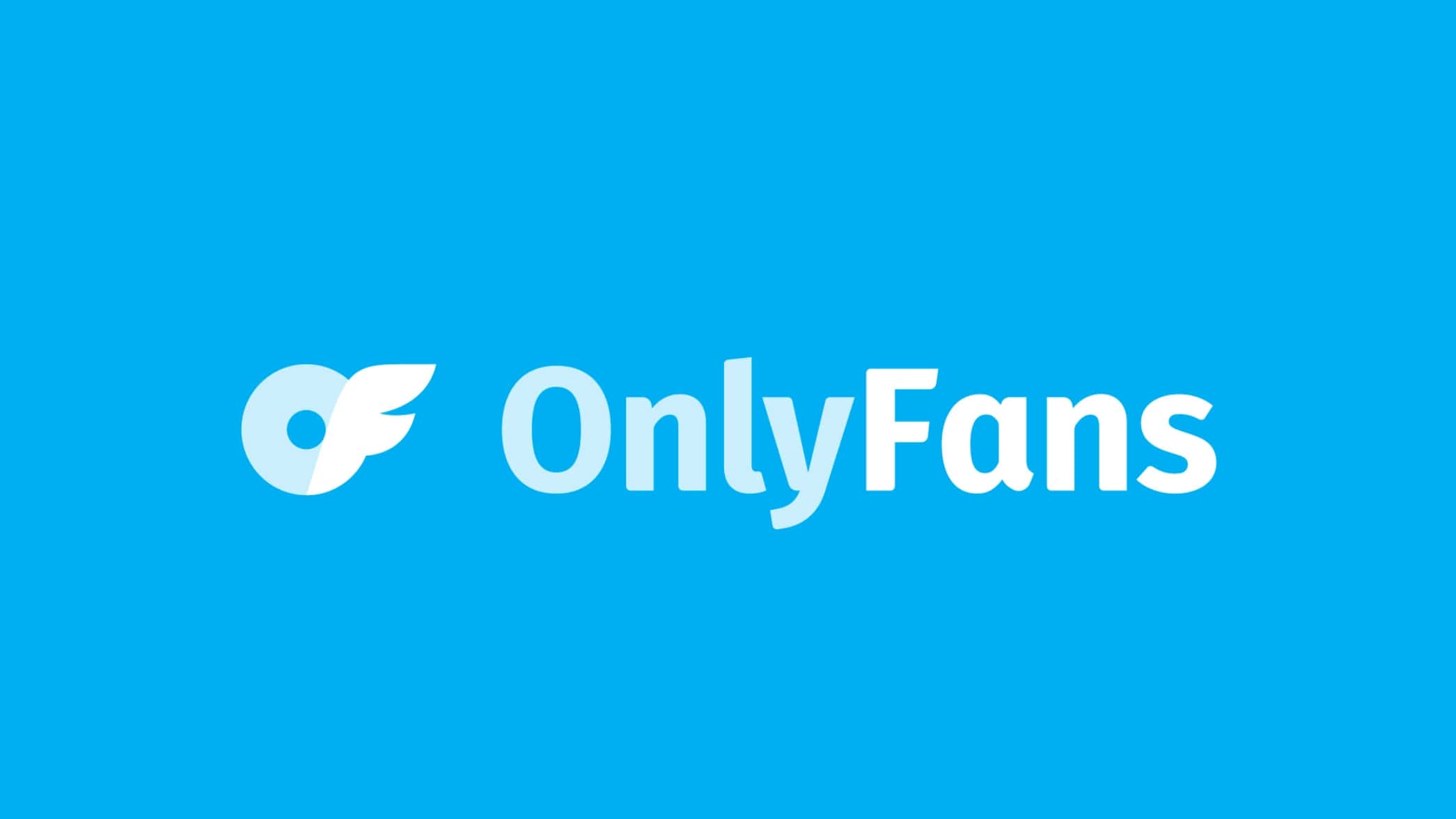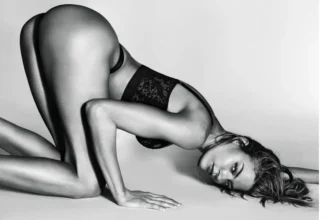Modelling is much more than just standing in front of a camera—it’s a demanding profession that blends physical presentation, discipline, brand strategy, and adaptability. Whether you’re interested in fashion, commercial, fitness, or influencer-style modelling, here’s a complete breakdown of what the world of modelling really involves.
1. What Is Modelling?
At its core, modelling is the art of using your appearance, movement, and personality to visually represent a brand, designer, or concept. Models work across industries like fashion, advertising, fitness, beauty, art, and digital content.
2. Types of Modelling
- Fashion Modelling: Runway and high-fashion work with designers and luxury brands. Requires specific height, measurements, and unique looks.
- Commercial Modelling: Print ads, catalogs, product promotions. Open to a wider range of body types and appearances.
- Fitness Modelling: Focuses on athletic builds and sportswear brands.
- Plus-Size Modelling: Celebrates body diversity, with growing demand in fashion and advertising.
- Parts Modelling: Hands, feet, legs—used for product features like jewelry, shoes, or nail ads.
- Promotional & Trade Show Modelling: Representing brands at live events or expos.
- Influencer/Instagram Modelling: Self-managed models who build audiences online and monetize through sponsorships and content.
3. What You Need to Get Started
- Portfolio: A collection of high-quality photos showcasing your versatility and look. Start with headshots, full-body shots, and natural poses.
- Comp Card (Composite Card): Like a business card with your photos, measurements, and contact info.
- Measurements: Agencies and clients want accurate data—height, bust, waist, hips, shoe size, etc.
4. How to Get Into Modelling
- Agencies: Submit your portfolio to reputable modelling agencies. Research to avoid scams.
- Freelancing: Use platforms like Instagram, Model Mayhem, or direct outreach to find gigs.
- Networking: Attend casting calls, fashion events, or industry workshops to meet photographers, designers, and stylists.
- Consistency: Regular photoshoots, updates to your portfolio, and online engagement can help you build a recognizable brand.
5. Challenges of Modelling
- Rejection: It’s a highly competitive field. Not every casting will result in a job.
- Physical Demands: Long hours, tight schedules, maintaining specific appearances.
- Mental Pressure: From self-image to public scrutiny, models need emotional resilience.
- Scams: Beware of “pay to model” scams or non-legit agencies asking for upfront fees.
6. Key Skills Beyond Looks
- Posing: Knowing how to move your body, understand light, and express emotion.
- Professionalism: Punctuality, reliability, and following direction.
- Social Media Savvy: Many brands look for models with online presence and engagement.
- Adaptability: Styles and trends change—successful models evolve with them.
7. How Models Make Money
- Day Rates: Payments per shoot, ranging from a few hundred to thousands of dollars depending on experience and brand.
- Royalties: For commercial use, especially in ads and global campaigns.
- Brand Deals & Sponsorships: Especially common for influencer models.
- Agency Commission: If signed, agencies take a cut (usually 10–20%).
Final Thought
Modelling is a career that combines art, business, and self-discipline. It can open doors to fashion, media, travel, and personal growth—but only if you treat it seriously, stay grounded, and understand that beauty alone isn’t enough. Confidence, consistency, and character are just as essential as your look.














